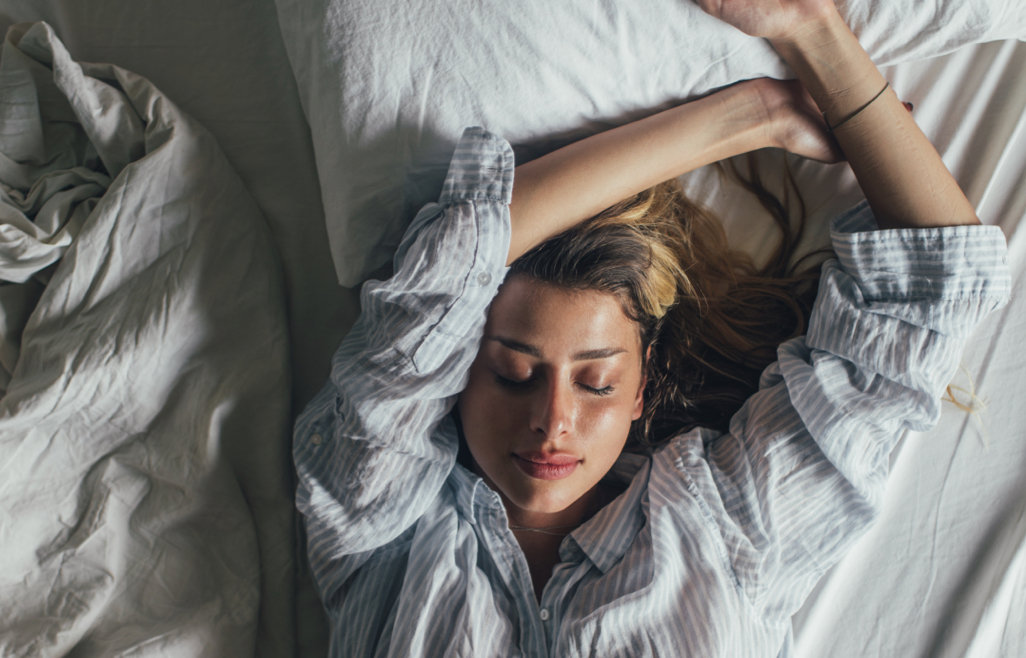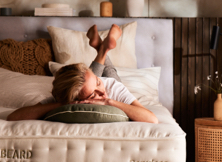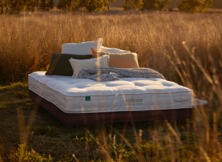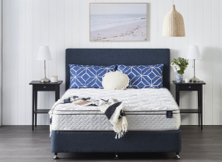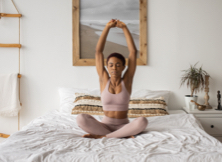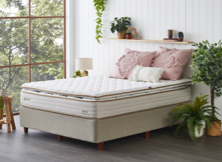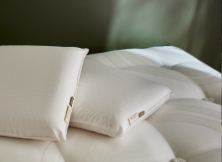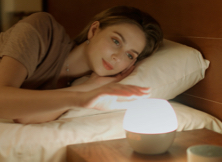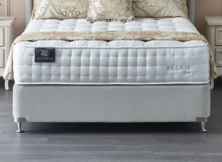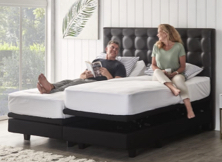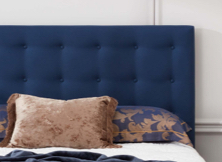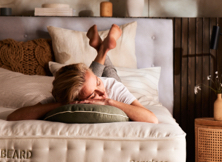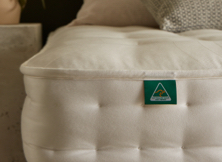Allergies; our body’s hypersensitive reactions to pesky irritants that come into contact with our body. Usually making contact through our nasal passage, allergies can cause nasal congestion, sneezing, itchy watery eyes, runny nose and worst of all – poor sleep.
In Australia and New Zealand alone, allergies affect around 40% of people (children and adults) and can occur year-round or seasonally.
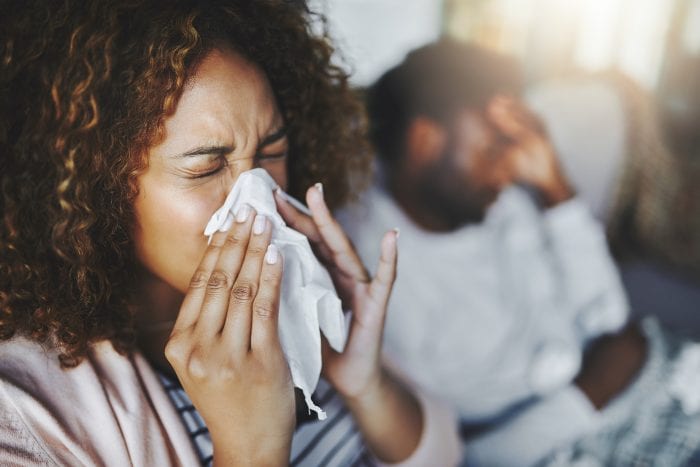
Asthma, known medically as reactive airway disease, can bring on episodes of wheezing, breathlessness and chest tightness due to the narrowing of the airways. 1 in 9 Australians and 1 in 6 New Zealanders have asthma – that’s around 3.2 million people!
Seasonal allergies occur most often in the spring when airborne particles from trees, grass, ragweed, or outdoor mould wreak havoc on our senses. On the other hand, year-round allergic rhinitis can be induced by indoor substances such as pet dander, indoor mould, cockroach and even dust mites in bedding, mattresses, and carpeting. And for those with asthma, symptoms can be brought on due to exposure to environmental irritants or specific allergens such as house dust mites, pollens, mould spores, pets and animals.
No matter what the cause, allergy and asthma symptoms aren’t fun and always seem to worsen at night.
So, how exactly do allergies and asthma affect our sleep and what can be done to create a more healing environment during these pestering times?
Difficulty Breathing
Obstructive sleep apnoea (OSA) is a sleep disorder in which breathing is briefly and repeatedly interrupted during sleep. It is commonly linked with both asthma and allergic rhinitis and occurs when the muscles of the throat relax and fail to hold the airway open during sleep. Nasal congestion, a symptom of allergic rhinitis, causes the upper airway to narrow, increasing the risk of OSA. It can also cause severe daytime sleepiness, due to a lack of sleep at night.
Sleep Interruptions
Interrupted and poor quality sleep due to sneezing and coughing can be attributed to dust mites. Dust mites are a major contributor to asthma and allergies, and they thrive in warm and humid environments such as mattresses.
Skin Irritation
There’s nothing worse than feeling like you need to constantly itch and scratch your skin when all you want to do is sleep. Atopic dermatitis is associated with itching of the skin and can be more severe at night when trying to sleep. This could be a result of the presence of dust mites or pet allergens, increased histamine levels related to sleep regulation, or because of an increased perception of itching when a room is dark and quiet (due to a decrease in other stimulation).
Daytime Sleepiness
It’s no wonder that not getting a good night’s rest would lead to being tired the next day but allergy sufferers may be hit with an extra dose of drowsiness caused by other factors. To get some relief, many often turn to allergy medicines, but that may lead to negative side effects. Allergy treatments commonly contain decongestants that can keep you awake when you want to sleep, or antihistamines that can cause daytime drowsiness.
How to deal with allergies and asthma?
Although many allergies and asthma are unavoidable for some and vary in side effects from time to time, there are ways to improve your sleep and beat the symptoms.
- Stay inside during thunderstorms
- Vacuum often – this includes your mattress
- Shower before bed to clean pollen and dust away
- Wash bedding (and plush toys) weekly
- Have an inhaler handy for sudden attacks
- Choose the right mattress
We, at A.H. Beard, manufacture a range of mattresses that are the only ones approved by the National Asthma Council to feature the Sensitive Choice blue butterfly symbol. That’s because our mattresses provide long-term protection against dust mites and their allergens, mould and bacteria. So you can breathe, and sleep easy. Check out our King Koil, Domino and Nature’s Rest mattresses to name a few.
If you suffer from asthma or allergies, read more about which products and services are more asthma and allergy aware at Sensitive Choice.
Also, don’t forget to check out Asthma Australia during the official Asthma Week from 1-7 September and New Zealand’s Breathe Better September during the entire month. Each day, helpful information will be released to help you unmask the dreaded sneeze ‘n’ wheeze for a happier and healthier spring!






